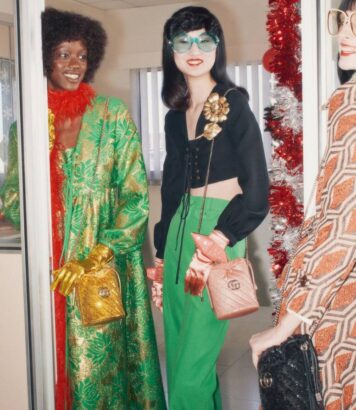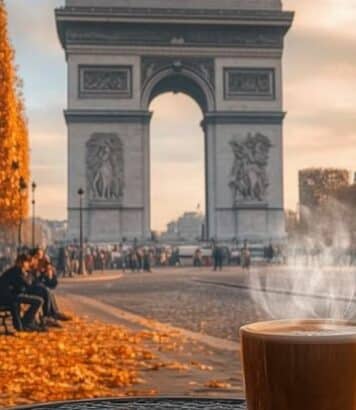Manga exhibition at the Musée Guimet: Japanese art in photos in Paris

At the Musée national des arts asiatiques – Guimet, a Manga Exhibition brings together sequential drawing and Japanese art. The exhibition brings together images, prints and historical references to shed light on the codes of a popular medium, without forgetting its profound links with tradition.
Why the Manga Exhibition at the Musée Guimet is a milestone
The word “manga” is not new. As far back as the
This approach is of interest to beginners and enthusiasts alike. Indeed,
Visual journey: from lines to prints
The visit progresses in sequences, from line detail to complete compositions. Exposition Manga underlines these links: framing, onomatopoeia, choice of shots, but also reading rhythms. As a result, everyone can compare a vignette and a print, and measure the filiations without jargon.
“Manga dialogues with art, without borders”.
The itinerary encourages a variety of viewpoints, without imposing a single reading. In fact, the labels ask concrete questions: who is speaking, where is the action taking place, how is the movement constructed? Technical references help us to understand printing, color and line inking.
The room photos show sober, legible connections. Exposition Manga places works of art and published pages side by side, making graphic decisions visible. Careful lighting and a variety of formats make it easy for the whole family to observe, including curious children.
- Identifying reading directions and visual ellipses
- Compare a tight framing with a panoramic scene
- Observe the way sound is drawn
- Identify a recurring motif from one era to the next
- Note the effect of color and black and white
Practical information and preparing your visit to the Manga Exhibition
Simple preparation changes the experience. For example, setting aside a quiet time to read the images without rushing. Allow 60 to 90 minutes for a comfortable tour, followed by a few breaks to exchange impressions.
The museum is located in the 16th arrondissement of Paris. It’s a good idea to think about how to get there by public transport, especially at weekends. What’s more, limited checkroom space means you need to travel light, which makes it easier to move between rooms.
Family activities can complement the visit, depending on the museum’s schedule. Indeed, workshops and guided tours create shared moments around gesture, paper and narrative rhythm. Exposition Manga can then be used as a basis for rereading plates at home, with simple, fun questions.
How this exhibition is changing the way we look at Japan
The exhibition highlights the back-and-forth between visual culture and history. In short, pop culture dialogues with tradition, without a closed hierarchy. Exposition Manga makes these circulations visible, then shows how an ancient motif can be reborn in a modern layout.
This perspective calms the clichés. It helps us understand the logic of the narrative, the strength of the void, or the economy of line. In fact, these plastic choices are part of a long-term process that transcends passing fashions.
Key themes highlighted by the Manga Exhibition
The first theme concerns rhythm. In fact, the boxing creates a breath, akin to a musical score. What’s more, the alternating planes guide the eye, while the visual silences carry meaning, as in many prints.
The second theme concerns the characters. Consequently, attention to gestures and looks structures the narrative. Graphic codes also vary according to genre, from comedy to adventure storytelling, with legible filiations in classical imagery.
A third theme focuses on international circulation. Publishing, animated films and the web disseminate images, then transform them. Exposition Manga contextualizes these exchanges, showing how influence flows in both directions, between Japan and the rest of the world.
Editorial tips for extending your visit at home
Ritualizing a reread works very well. For example, going back over a board and “cutting it up” into stages helps you grasp the set-up. Subsequently, comparing two scenes with opposite framings sharpens the eye, just as it did during the guided tour of the rooms.
Opening a sketchbook also makes sense. Copying an outline or a movement anchors visual memory. Exposition Manga provides some simple ideas: observe, note down, then recompose an everyday scene with three squares and two planes.
After the Manga Exhibition: ways to extend the experience
A visit to the permanent collections broadens the perspective. You can see how a floral motif, a mountain landscape or a wave has changed with the times. What’s more, this detour helps to reconnect popular images with their aesthetic roots.
Scheduling a shared reading session helps to establish what has been learned. Rereading a short story, then discussing framing and tempo, gives concrete reference points. Exposition Manga then becomes a useful toolbox for any sequential image.
Finally, keeping track of your impressions counts. So a little visit notebook, a few quick sketches or a few key words are all you need. Returning to these notes later reactivates details, and rekindles the desire to look at future exhibitions differently.





No comments
Post a comment
Always participate in accordance with the law and with respect for others.